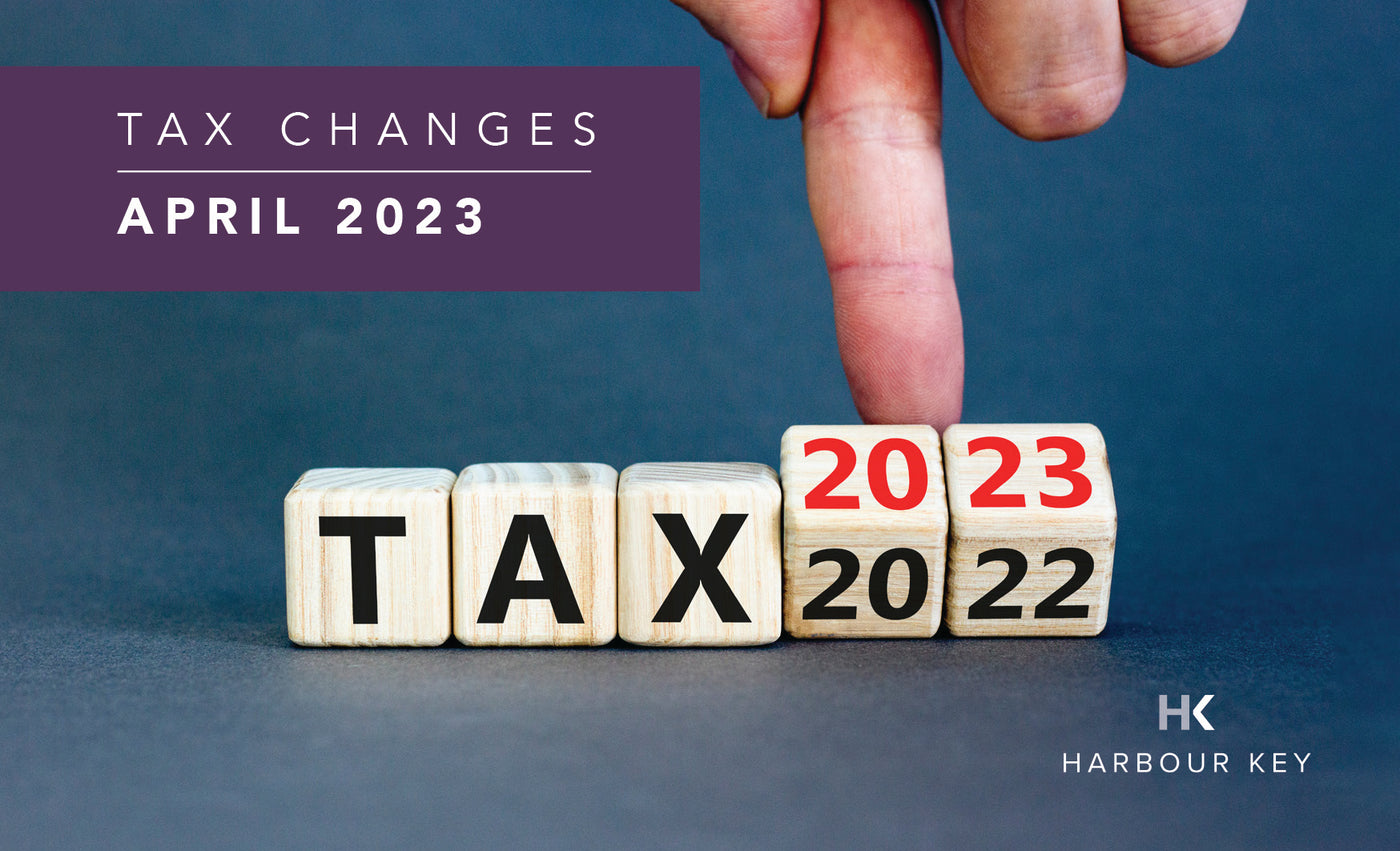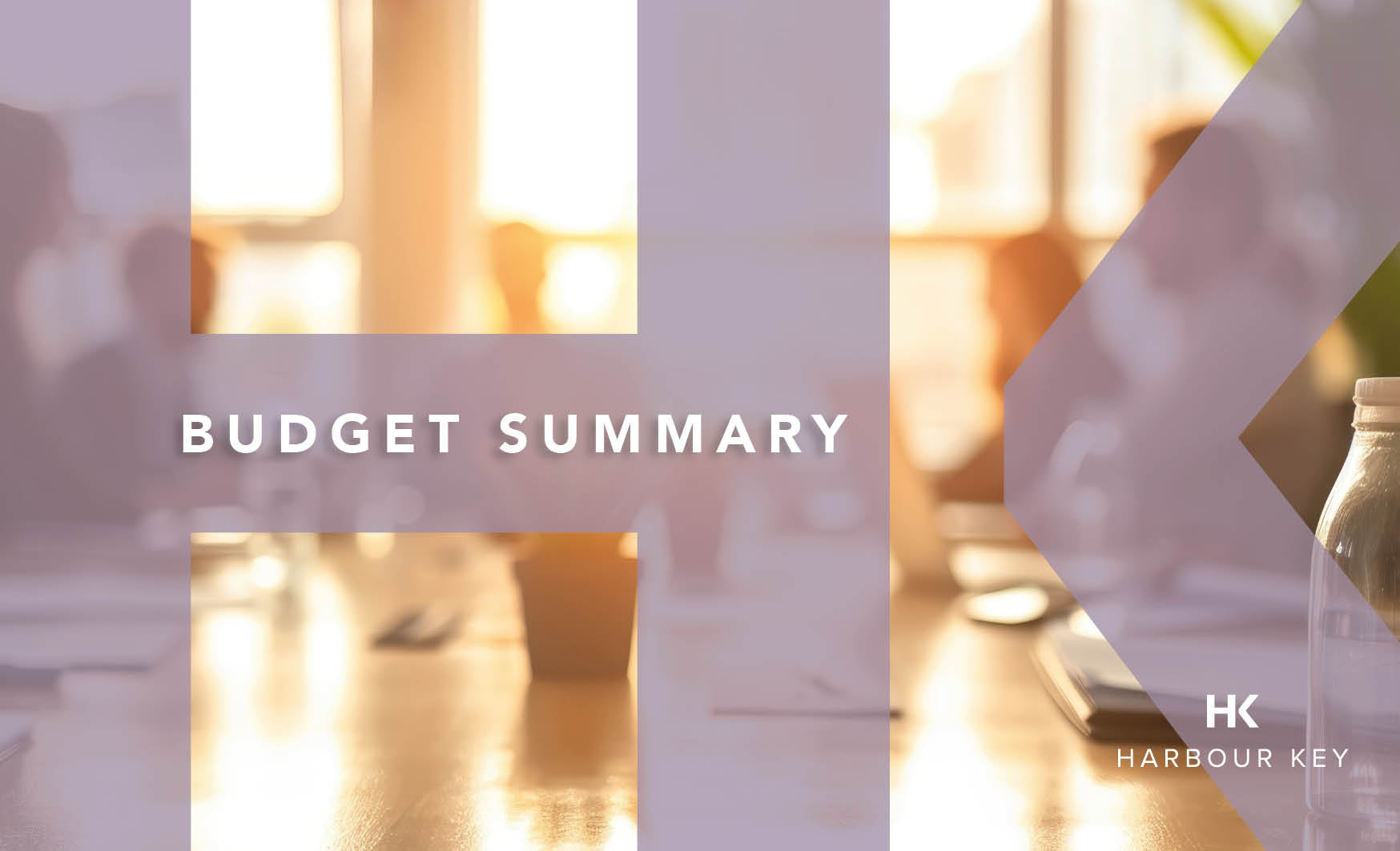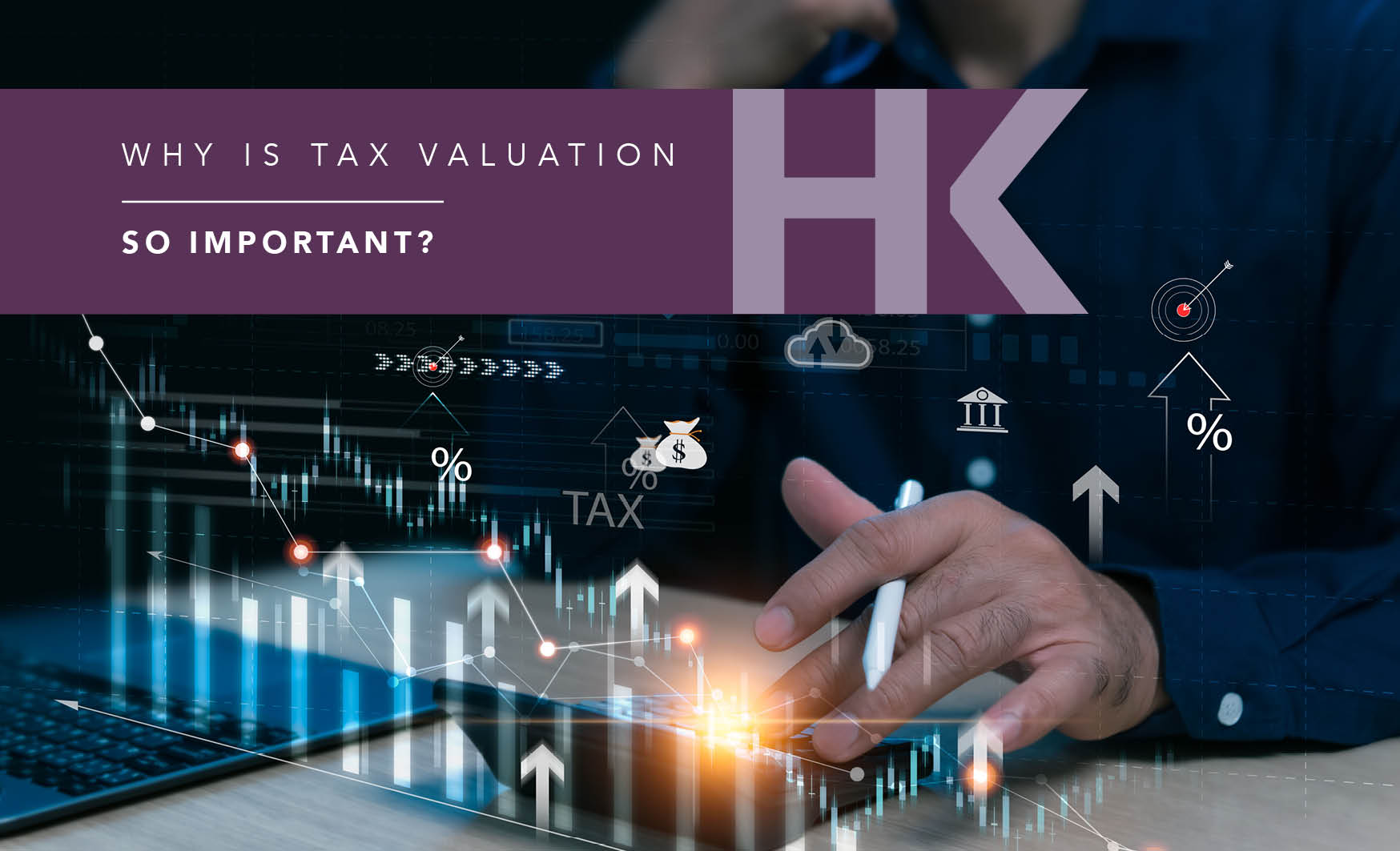
HAPPY NEW TAX YEAR!
1st April for corporates and 6th April for individuals marks the start of the 2023/24 tax year, when tax rates, allowances and thresholds change.
As we have had four Budgets in 12 months (including the recent Spring Budget last month), there have been various tax changes (and reversals) with which it has been challenging to keep up. We have therefore summarised the main changes here.
Individuals
Income Tax
- The personal allowance and basic rate thresholds are frozen until 2028 at £12,570 and £50,271 respectively. This will pull more taxpayers into higher rate tax, with over a million expected to face 40% tax charges for the first time as a result of the freeze;
- The higher rate threshold will be lowered from £150,000 to £125,140 from 6 April and this is the income level at which an individual will not have any personal allowance, because £1 of the personal allowance is withdrawn for every £2 of income above £100,000;
- In Scotland, there will be increases in various personal tax rates. The higher rate of tax paid on income between £43,663 and £125,140, will increase by 1p to 42p (rest of UK 40p), and the top rate of tax (paid on income above £125,140) will increase by 1p to 47p (rest of UK 45p);
- The dividend allowance, the amount of dividend income that can be earned tax free will be reduced to £1,000 from 6 April 2023 and then to £500 from 6 April 2024;
- The ‘current year’ basis is to be changed to a ‘tax year’ basis for sole traders and partnerships, meaning that business profits will be calculated for the tax year rather than for the period of account (i.e. their accounting year) ending in the tax year. The move to this new tax year basis will involve a transitional (catch-up) year for many sole traders and partnerships that do not use 5 April or 31 March as their accounting date. This will advance tax liabilities for many. The original proposal was to make this change from 2023/24, but the change has been delayed until 2024/25, with 2023/24 as the transitional year.
Capital Gains Tax
- The annual capital gains tax allowance has been reduced from £12,300 to £6,000, and £3,000 for most trustees. (This allowance reduces further in 2024/25 to £3,000 for individuals, and only £1,500 for most trustees).
- No change to capital gains tax rates at 10% basic rate and 20% higher rate for non-residential property assets. For residential property, apart from primary residences, the rates are 18% and 28% depending on the individual’s earnings bracket.
Pension Tax
Following announcements in the most recent Budget:
- The lifetime allowance charge which kicks in at £1.03m is being abolished. The maximum pension lump sum draw down for those without relevant protections will be retained at its current level of £268,275 and will be frozen thereafter;
- The annual allowance (the maximum amount that can be contributed to a pension, subject to income limits) increased from £40,000 to £60,000.
- The adjusted income threshold for the tapered annual allowance (the point at which the annual allowance starts to reduce) is increased from £240,000 to £260,000;
- The money purchase annual allowance (MPAA) limit has been increased to £10,000 from current £4,000. This means that anyone who has made a drawdown from their pension will no longer be limited to a £4,000 cap on the amount they can pay into their pensions pots each year.
State Pension & NIC Contributions
- Normally you must make the top-up payment within six years of missing the original payment, however, individuals reaching State Pension age on or after 6 April 2016 have until 31 July 2023, to pay for any gaps from 2006/07 to 2015/16 tax years, thereafter it will only be six years for everyone.
Companies
- The rate of corporation tax has increased from 19% to 25% for companies where profits exceed £250,000;
- Companies with profits below £50,000 will still pay 19%;
- A tapered rate will apply for companies with profits between £50,000 and £250,000;
- The £50,000 and £250,000 thresholds are reduced by the number of connected active companies. For example, if two companies under common control, the £50,000 becomes £25,000, the £250,000 becomes £125,000 for each company;
- Quarterly Instalment Payments - The new associated company rules may also accelerate the timing of corporation tax payments. The current threshold at which companies are required to pay their tax by quarterly instalments (QIP) is £1.5 million. For a group of 5 companies currently treated as associated, this limit is reduced to £300,000, but in cases where an individual controls additional companies outside a group, these will now have to count as well under the new rules, reducing the threshold at which QIP is triggered further. This can mean that companies have to start paying their current year QIP before the tax liability for the prior year is due.
The additional profit thresholds of £10 million (at which companies fall straight into QIP without the usual year's grace) and £20 million (entry to the "very large" QIP regime) are also affected by the extension to the associated company rules.
- Capital allowances - the withdrawal of the 130% super deduction from 31 March. Although not new, companies incurring qualifying expenditure on the provision of new plant and machinery on or after 1 April 2023 until 31 March 2026 will be able to claim one of two temporary first-year allowances. These allowances are:
- a 100% first-year allowance for main rate expenditure – full expensing; and
- a 50% first-year allowance for special rate expenditure;
- The first-year allowance for electric vehicle charge-points has been extended until 31 March 2025 for corporation tax purposes and 5 April 2025 for income tax purposes.
- Research and development (R&D) tax relief – Changes have been made to R&D for accounting periods on after 1 April 2023 except for the requirement to provide additional information, which will apply to all claims made on or after 1 August 2023. Details can be found in our R&D article.
Should you want to discuss anything in this article please do not hesitate to contact the team at Harbour Key Ltd.



